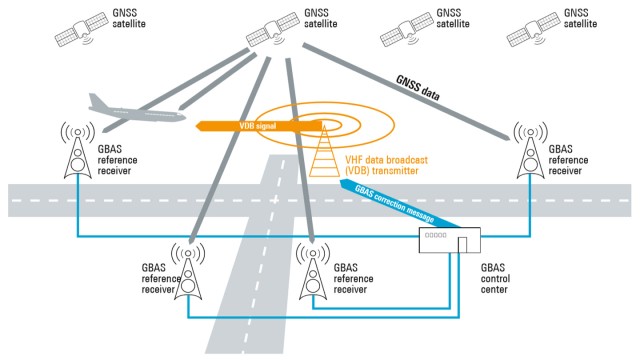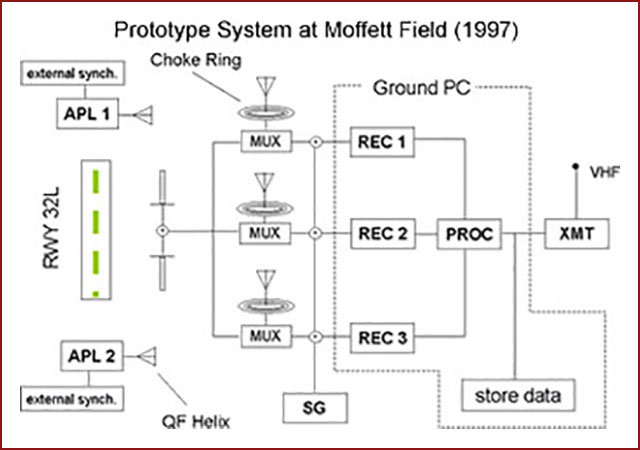Lindberg
Final Approach
It's apparently been going on for a couple of days. Anyone have any info?






What worries me the most is that they haven't yet figured out what's wrong and fixed it.Still happening today. I can definitely confirm.
The system is way more fragile than most of us would like to think...
Sometimes it's the Chinese...It's the Russians!
Isn't it always the Russians?
There was a law enforcement conference in Dallas last Friday through Tuesday... I wonder if a GPS jamming vendor was demoing a product?
I thought that modern airliners had two antennae on top, and compared the signals. The GPS signal comes from several sources, the blocking from one, so the common signal is subtracted out. The remaining signal is then useful.
I may have the nature of the process a little off, but the research claimed that with the multiple system, blocking or spoofing would not be effective.
If two antennas and two receivers was all it took to prevent jamming, the DoD wouldn't spend hundreds of millions of dollars on antijam every yearYes, two separate receivers, but I thought they made the additional device for filtering out the blocking signal for 121 aircraft after a certain date mandatory. We may not be at that date yet. of course.
Very large noise signals can be removed with modern electronic processes.
Airliners do have access to LAAS (GBAS). But I think it still depends on receiving something coherent from the satellite.Two GPS antenna = two GPS receivers. This is common. The units are not comparing the signals. WAAS is the system that corrects errors, but that is from natural processes, not actively signal blocking. GPS signals are very low power, it doesn't take a lot of power on the ground to interfere with them.


Airliners do have access to LAAS (GBAS).
"GBAS capability is standard on Boeing 747-8 and on Boeing 787 aircraft and is an option on Boeing 737NG and Airbus A320, A330 Family/340 and A380 aircraft."Do they? It seems to me that usually the airlines are lagging behind in avionics.
What airframe(s) have avionics capable of LAAS?
"GBAS capability is standard on Boeing 747-8 and on Boeing 787 aircraft and is an option on Boeing 737NG and Airbus A320, A330 Family/340 and A380 aircraft."
https://skybrary.aero/articles/gbas-landing-system-gls
Which came first, SBAS (WAAS) or GBAS (LAAS)?
in addition to Anti-Jamming properties we are working on with GPS, there is also a self contained NAV system in the works that relies on cameras to recognize the ground and all the associated terrain and structures.
That latter system is no longer classified and has been test flown so satisfactory levels of precision. No kidding!
in addition to Anti-Jamming properties we are working on with GPS, there is also a self contained NAV system in the works that relies on cameras to recognize the ground and all the associated terrain and structures.
That latter system is no longer classified and has been test flown so satisfactory levels of precision. No kidding!
That's pretty cool. Machine learning image detection has really come a long way. Would be nice as a backup system during VFR, but can't imagine it would work well in IFR conditions.
Hmmm....
GPS outages in the Dallas area.
@SkyChaser and @2-Bit Speed are presently visiting Dallas.
Coincidence?
OK, so there's still the 787...There are zero passenger airlines with 747-8s... And I would venture to guess that most US airlines have not bothered to pay for that capability on their narrow-body aircraft, and maybe not the widebodies either. Any airline pilots out there fly something with GBAS?
